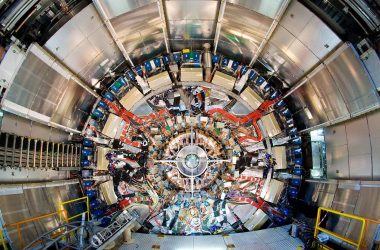Theories of the ancient Greeks speculated that air, fire, or water could be the fundamental building blocks of the universe. However, our understanding of the deepest layers of reality has evolved significantly since then. Today, we know that the quantum world is inhabited by a diverse array of elementary particles, all following the laws of quantum theory. These particles are responsible for shaping the world we see and experience. Although this hidden realm is awe-inspiring, it can often feel perplexing due to its bizarre properties.
Below, you will find a concise and insightful guide to the known particles and forces that exist in the quantum world. This includes familiar entities such as electrons, quarks, and neutrinos, as well as more elusive entities like photons and the Higgs boson. Additionally, we will explore the peculiar phenomena and principles that give quantum physics its reputation for strangeness, including the wave-particle duality, entanglement, and the uncertainty principle. Furthermore, we will delve into the hypothetical particles that may hold the key to unraveling cosmic enigmas like dark matter and dark energy, as well as the mysterious entities that might lurk beneath the quantum realm. Lastly, we will address one of the fundamental questions: what exactly is a theory of everything?
Begin Exploring the Wonders of the Quantum Realm
MATTER
Let us start with what we can be fairly certain of. Observable matter is composed of atoms, and at the core of atoms reside protons and neutrons. However, these particles themselves are not elementary in nature, as elucidated by the prevailing “standard model” of particle physics. Hence, to truly understand matter, we must delve deeper into its fundamental constituents.








